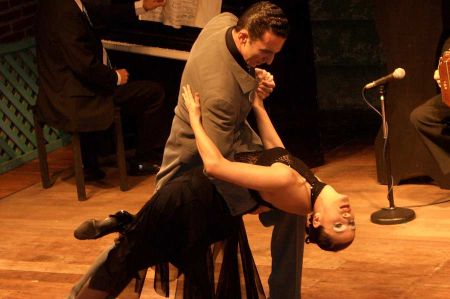Cultural asset tango - classical Argentine national dance
- Written by Portal Editor
These are not good times for culture in general and cultural events in Turkey in particular, when even the traditional Argentine national dance is now coming into the focus of religious fanatics.
This happened during a dance festival in the modern, up-and-coming Riviera city of Adana, where, according to local newspaper reports, a citizens' association for civil behaviour wants to put an end to tango because the dance represents "adultery on feet and to music." Accordingly, the authorities were asked to do so Adana tango festival cancelled.
The general term tango refers to both the dance and the music genre tango. Tango has also produced diverse and independent forms of expression in poetry and song. Tango has been part of UNESCO's Intangible Cultural Heritage of Humanity since September 2009.
“Tango rioplatense”, i.e. tango from the Rio de la Plata
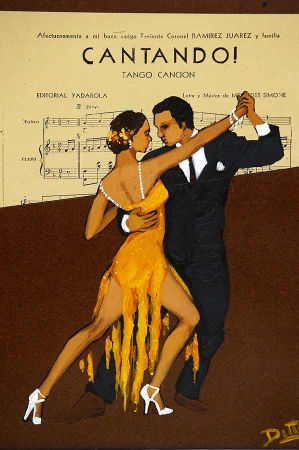 Since the end of the 19th century, tango has spread in various forms from Buenos Aires throughout the world. To distinguish it from the standard tango of the world dance program (sometimes called European tango), the more original (less regulated) form of the dance and the associated music is called Tango Argentino worldwide. More accurate than the term “Argentine tango”, which excludes the Uruguayans, would be the term “Tango rioplatense”, i.e. tango from the Rio de la Plata. Such a conceptual distinction is not common in Argentina itself, where people usually simply refer to it as tango.
Since the end of the 19th century, tango has spread in various forms from Buenos Aires throughout the world. To distinguish it from the standard tango of the world dance program (sometimes called European tango), the more original (less regulated) form of the dance and the associated music is called Tango Argentino worldwide. More accurate than the term “Argentine tango”, which excludes the Uruguayans, would be the term “Tango rioplatense”, i.e. tango from the Rio de la Plata. Such a conceptual distinction is not common in Argentina itself, where people usually simply refer to it as tango.
Tango also took root early in Turkey - recordings of the singer Ibrahim Özgür from the late 1930s are an example. After a slump, tango dancing has been increasing again since 1990 and festivals are taking place in Istanbul, Ankara and also in Adana.
Originally the Candombe was a cult dance pantomime
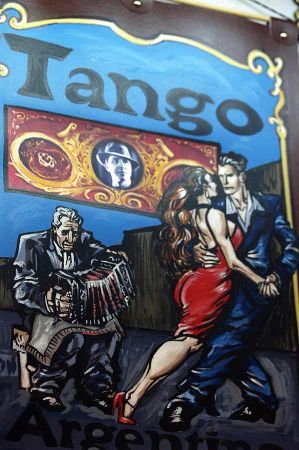 The musical elements that contributed to the creation of Tango Argentino are diverse. An “original tango” has not come down to us and so “… they tried to make up for the deficiency through hypotheses based on some evidence or other hypotheses.” Although the Afro-American element in the rhythm and choreography of the tango can hardly be recognized, the candombe was of the Creoles and blacks an important influence. Originally, the Candombe was a cult dance pantomime in which liturgical elements of African religions and Catholic veneration of saints merged. After the cult content increasingly disappeared, it appeared from 1870 onwards between Christmas and Epiphany or as a carnival parade. Since there were supposedly bloody fights during the black street parties, they were soon banned by the authorities. The dancers countered the ban by founding dance halls. Even though the dances differed greatly from the tango in its later form, the Tango Argentino emerged in such locations.
The musical elements that contributed to the creation of Tango Argentino are diverse. An “original tango” has not come down to us and so “… they tried to make up for the deficiency through hypotheses based on some evidence or other hypotheses.” Although the Afro-American element in the rhythm and choreography of the tango can hardly be recognized, the candombe was of the Creoles and blacks an important influence. Originally, the Candombe was a cult dance pantomime in which liturgical elements of African religions and Catholic veneration of saints merged. After the cult content increasingly disappeared, it appeared from 1870 onwards between Christmas and Epiphany or as a carnival parade. Since there were supposedly bloody fights during the black street parties, they were soon banned by the authorities. The dancers countered the ban by founding dance halls. Even though the dances differed greatly from the tango in its later form, the Tango Argentino emerged in such locations.
Another important influence is the Habanera, which is sometimes also called Tango Americano. It was created in Cuba around 1825 and by 1850 it had achieved great popularity in Spain. An example of a habanera that is still popular today is the aria of the same name in the opera Carmen by Georges Bizet. She reached the Río de la Plata via Paris, because the better society imitated everything that was popular in France.
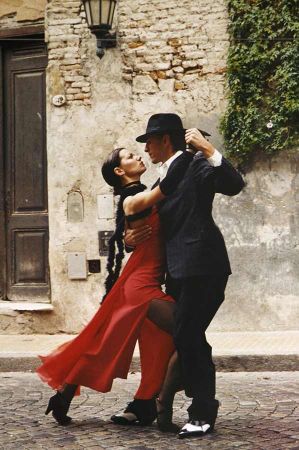 The influence of Central European immigrants is also not small. The Poles brought their mazurka and the Bohemians their polka. The Germans not only added the bandoneon (later the most typical instrument for tango). As dance they introduced the waltz and Ländler with its turns. Another, less obvious contribution (from the 1870s) comes from the Maxixe, the so-called Brazilian tango, which has essentially the same origins as the Argentinean. It is considered the first urban fashion dance in Brazil.
The influence of Central European immigrants is also not small. The Poles brought their mazurka and the Bohemians their polka. The Germans not only added the bandoneon (later the most typical instrument for tango). As dance they introduced the waltz and Ländler with its turns. Another, less obvious contribution (from the 1870s) comes from the Maxixe, the so-called Brazilian tango, which has essentially the same origins as the Argentinean. It is considered the first urban fashion dance in Brazil.
From this hodgepodge of urban music and dances, mixed with the rural payadas of the gauchos, the urban milonga emerged. Around 1880 people began dancing to this music in Buenos Aires and Montevideo. Later, the light, happy songs of the milonga slowed down to the more serious tango. Vicente Rossi saw tango as a milonga with “cortes y quebradas” (“with cuts and breaks”), i.e. H. with breaks and poses – without the continuous flow of the milonga.
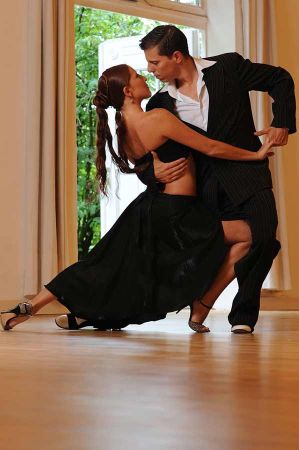 Flute, violin and guitar were initially the standard instruments of the musicians who paraded through bars, dance halls and streets. Later, the piano and bandoneón became established as typical tango instruments. In the port districts, the barrios (districts) and the arrabales (suburban areas), in an environment of unemployment, petty crime and prostitution, the tango became an expression of the existential distress and human loneliness of the porteño (Spanish: port city dwellers - that's how they describe themselves Residents of Buenos Aires itself).
Flute, violin and guitar were initially the standard instruments of the musicians who paraded through bars, dance halls and streets. Later, the piano and bandoneón became established as typical tango instruments. In the port districts, the barrios (districts) and the arrabales (suburban areas), in an environment of unemployment, petty crime and prostitution, the tango became an expression of the existential distress and human loneliness of the porteño (Spanish: port city dwellers - that's how they describe themselves Residents of Buenos Aires itself).
The first published score described as a tango for piano is entitled “El Entreriano” and was written by the mulatto Anselmo Rosendo Mendizábal. So much for the cultural history of tango, which can therefore definitely be described as an international dance.
There are allegations of too close physical contact
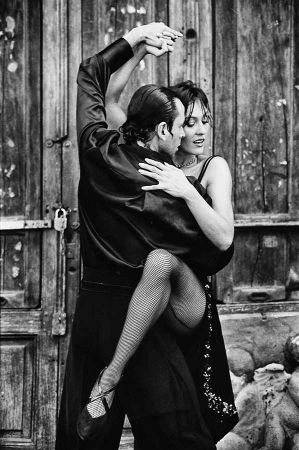 The group, which so far has neither a website nor on Facebook, which calls itself the “Platform Gesittetes Adana” (Uslu Adana Platformu), is said to have taken exception to the festival, which began on October 23rd and is financially supported by the administration of the greater municipality of Adana is supported. In a press statement, the group reportedly condemned tango because it has “no place in our national culture” and demanded that the current festival be the last of its kind in Adana.
The group, which so far has neither a website nor on Facebook, which calls itself the “Platform Gesittetes Adana” (Uslu Adana Platformu), is said to have taken exception to the festival, which began on October 23rd and is financially supported by the administration of the greater municipality of Adana is supported. In a press statement, the group reportedly condemned tango because it has “no place in our national culture” and demanded that the current festival be the last of its kind in Adana.
“A festival that demonstrates adultery through such close physical proximity between men and women has no place in our religion or in our popular culture,” the statement said, according to the daily Cumhuriyet. And further: “This type of erotic dance invites people to sin. Adultery on feet and with music may find its enthusiasts, but something so offensive should have no place in society.”
Meanwhile, the European Tango Championships are currently taking place in the Turkish capital Ankara.
Please read as well:
